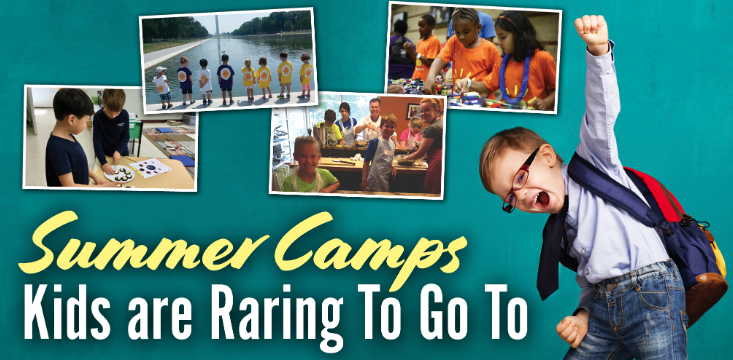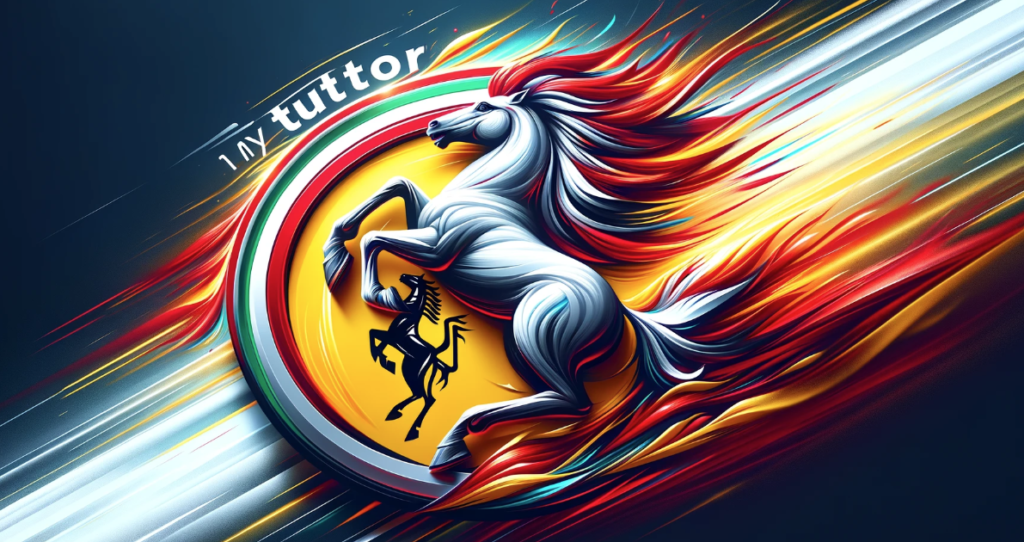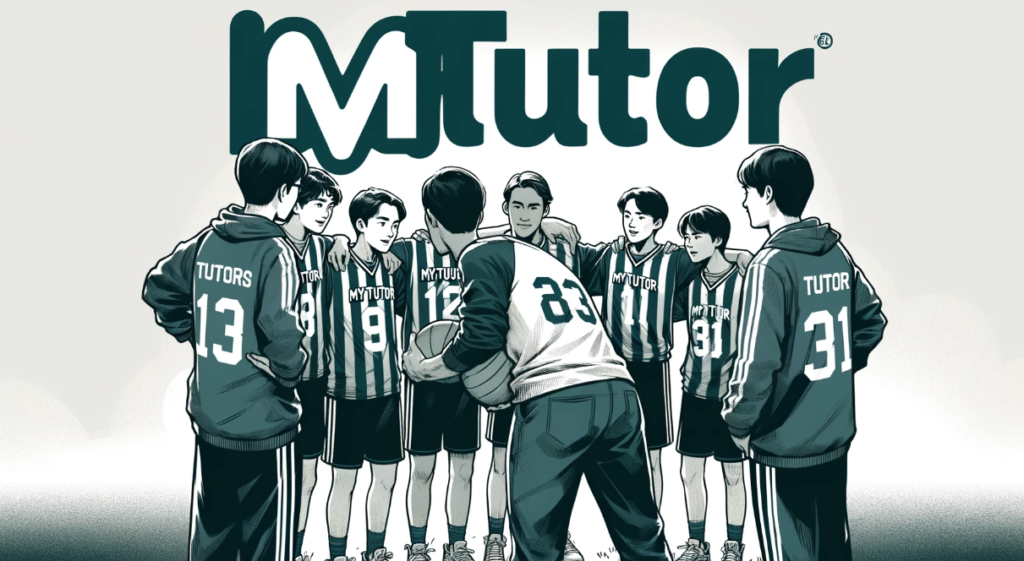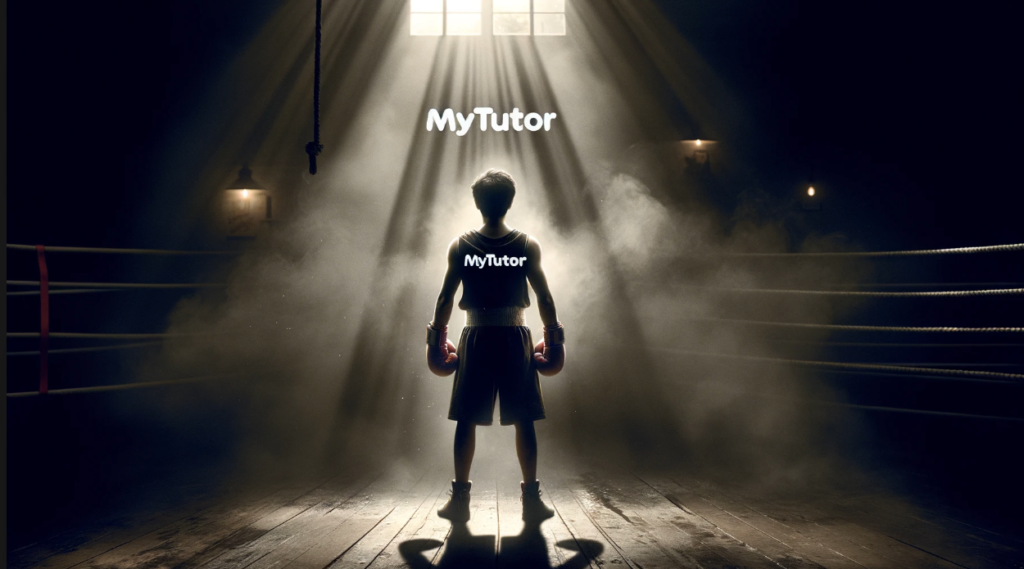
Lesson 16 Japanese Cuisine
Topic Question: “What local food should I try in different regions of Japan?”
▮ Try Answering the Question Yourself
Think about the diversity of Japanese cuisine and how it varies from region to region. Consider special dishes unique to certain areas of Japan.
▮ Sample Answer
“In Japan, try sushi in Tokyo, okonomiyaki in Osaka, and ramen in Hakata. Each region has special foods. Hokkaido is famous for seafood, and Kyoto for tofu dishes.”
▮ Words to Learn and Their Meanings about Sample Answer
-Pronounce the Words Correctly (Pronunciation Training) + Make Sentences Using the Words Instantly
- Cuisine (料理): Style of cooking.
- Unique (ユニークな): Being the only one of its kind.
- Special (特別な): Better, greater, or otherwise different from what is usual.
- Seafood (海鮮): Sea animals that are eaten as food.
- Dishes (料理): Food prepared in a particular way as part of a meal.
▮ Answer the Instructor’s Questions Based on the Sample Answer
- What kind of food is Tokyo famous for?
- Can you name a special dish from Osaka?
▮ Mastering Middle School English Grammar
Have you ever… ?

A: Have been / have driven / have played, etc, is the present perfect (have + past participle):

B: We use the present perfect when we talk about a time from the past until now, for example, a
person’s life.

● Have you been to France?” “No, I haven’t.
● We’ve been to Canada, but we haven’t been to Alaska.
● Mary is an interesting person. She has had many different jobs and has lived in many places.
Example Sentences:
- Have you ever tried sushi in Tokyo?
- We’ve eaten okonomiyaki in Osaka, and it was delicious.
- She has visited Hokkaido and tried various seafood dishes there.
- I have never been to Kyoto, but I’ve heard the tofu dishes are excellent.
Make Sentences Based on the Above Example Sentences Yourself:




























